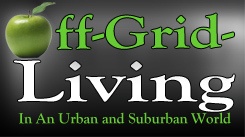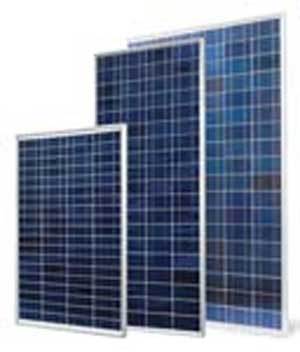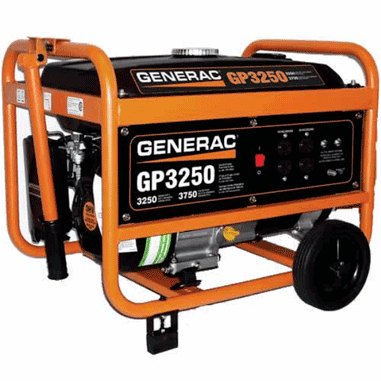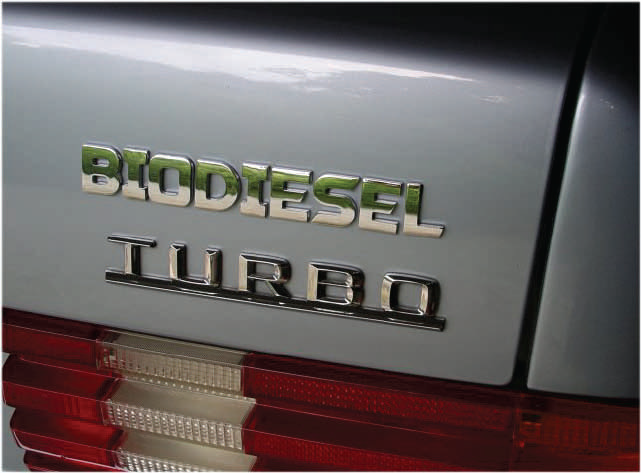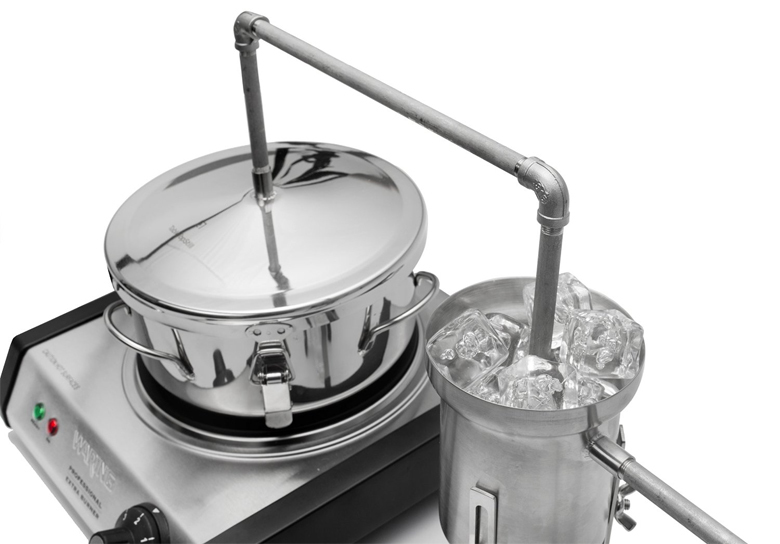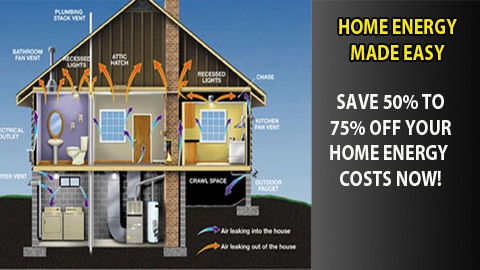A wind generator, or turbine, is very similar to the propeller of an airplane. Instead of helping the wind turbine to take off the ground, these giant propellers harvest the energy of wind, so you can produce enough electricity for an off grid property.

As the wind passes through the rotor blades, the kinetic energy begins to cause the blades to spin. Their curved design then continues to capture wind, so they can produce additional energy. While the blades are spinning, the internal gearbox begins to convert the energy into power. This power is then moved to either a generator, or other power storage unit where it can be used normally.
Parts of a Wind Generator...
In order for these units to maximize their energy harvesting, they are gigantic. Their propellers are 230’ for their diameter. This allows even a gentle breeze to churn them so they can generate electricity. However, if wind speeds become too high, an anemometer will kick in and cause the blades to slow down and lock.

This prevents them from experiencing damage in the event that a massive windstorm, tornado, or hurricane hits. These large buildings are also spaced at significant distances from each other. That way, they aren’t all struggling to capture the same kinetic energy.
On a larger scale, these wind generators aren’t realistic. A single turbine can produce about a megawatt of power. That’s enough power for roughly 1,000 homes.
In the case of an individual house looking to harness the power, a homemade generator is one option. This turbine can generate a fraction of this power, but provide a significant amount of power. The maximum input and output would depend on the mechanics of the unit.
At the same time, you are up against nature...
Even your homemade wind generator will require wind in order to generate power. So in areas where there is frequent wind, this wouldn’t be much of an issue. But in areas where there isn’t much wind over the span of days and weeks, this form of power isn’t always the best choice.
This is why the wind farms we see are in places like Altamont Pass in California. This area is notorious for having frequent, strong winds. So it makes sense that they would have wind turbines to help generate energy. Demark has done more with this power. Currently, 20% of its power is generated from the wind and 43% of their peaks are offset with this power source.
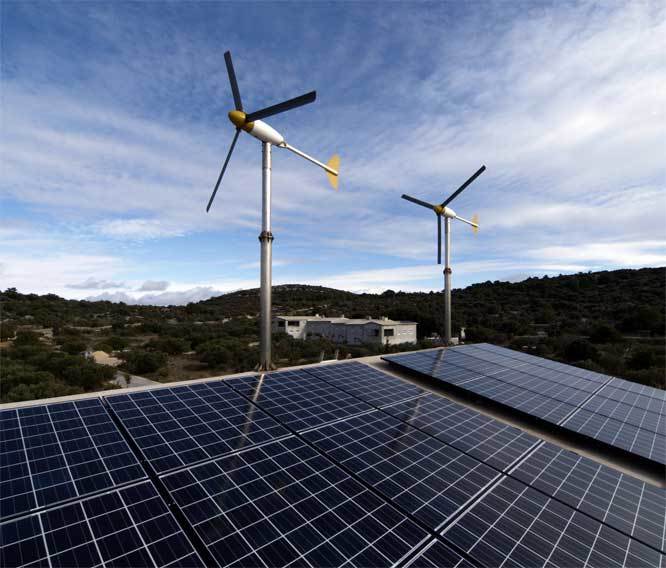
As you can see, a wind generator are an exceptional power choice for those who want to generate clean energy. However, the unpredictability of it can make it an option that isn’t right in some areas.
That’s why it is also important to explore solar and hydro energy options in addition to this type.
That way, you are generating electricity with the best energy source in the area you are in. Regardless of the clean energy type you choose, you are still improving on the carbon footprint that you have.
If you want more in-depth info you might try this free download.
